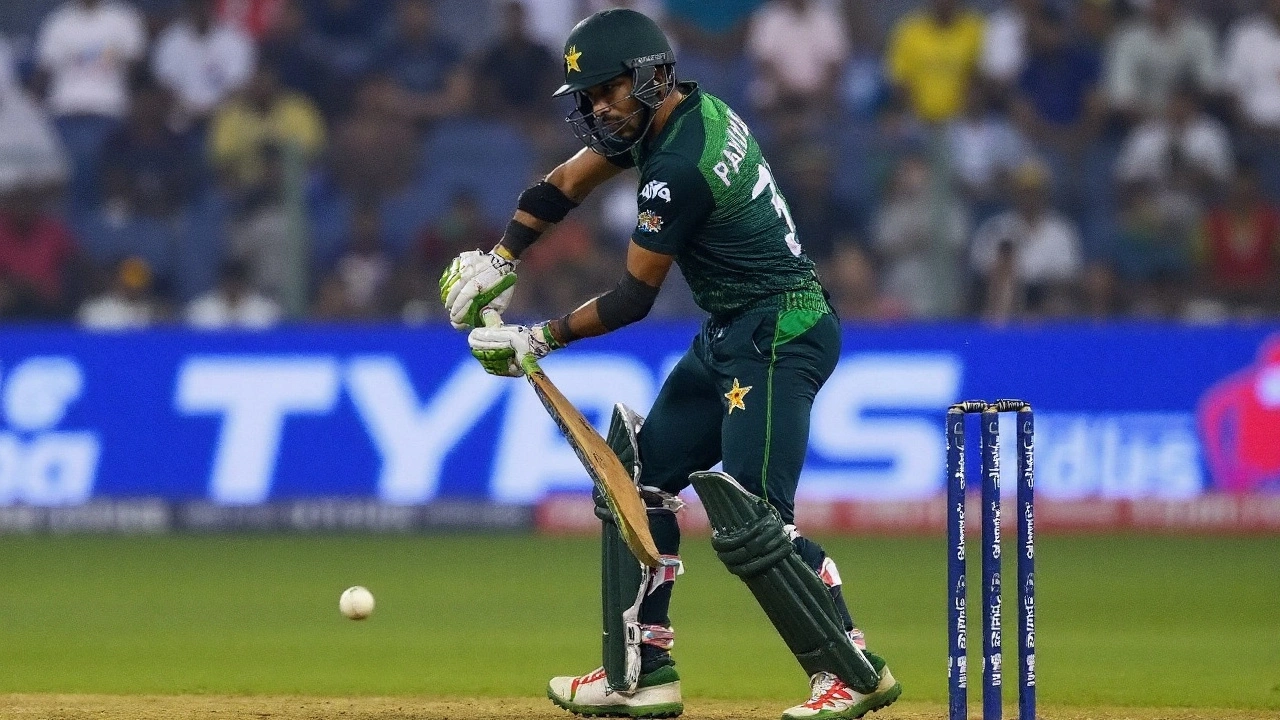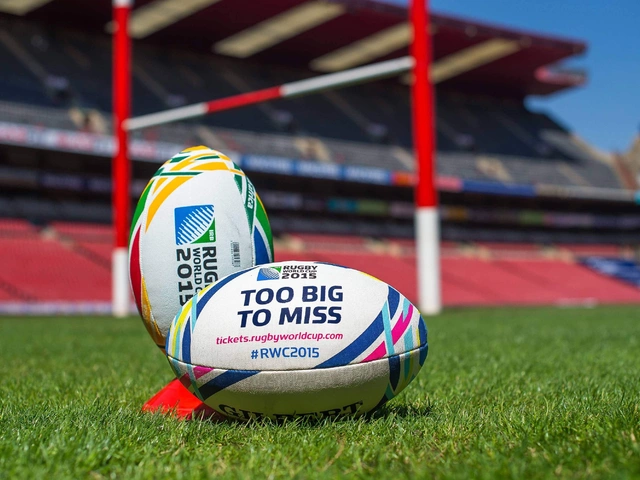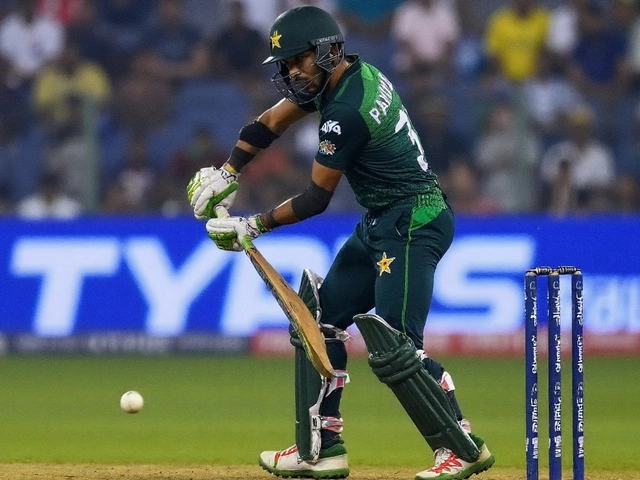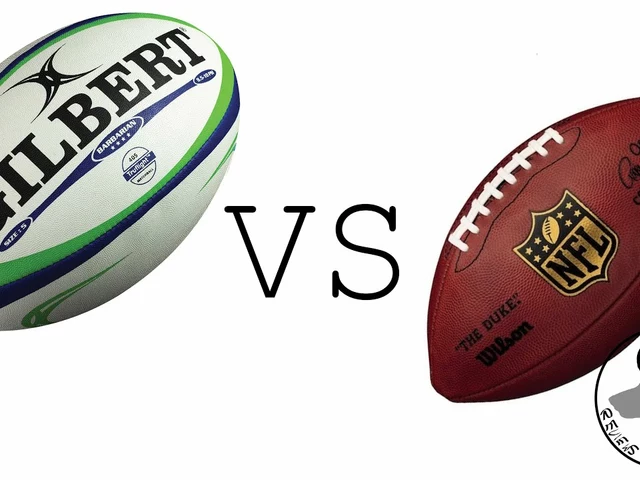Mohammad Nawaz: From Cricket Fields to Rugby Talk
When working with Mohammad Nawaz, a Pakistani all‑rounder cricketer known for his big hitting and useful medium‑pace bowling. Also called Mohammad Nawaz (cricketer), he represents the kind of athletic versatility that crosses sport boundaries. Mohammad Nawaz may not play rugby, but his blend of power and endurance mirrors what rugby coaches look for in a forward.
Rugby itself is a contact sport that thrives on continuous play and raw physicality. Rugby, a game where 15 players per side chase a oval ball across two 100‑meter fields. Also known as union football, it demands a mix of speed, strength, and tactical awareness. Because the ball can only be passed backward, players must be ready to break tackles and keep the momentum alive. This constant flow creates a natural link to Speed, the ability to cover distance quickly, either in short bursts or over a full match. Speed influences every phase of rugby, from line‑out jumps to defensive chases.
Speed comes in two flavors in the sports world: explosive bursts and sustained pacing. In a recent debate, fans compared NFL sprint bursts with rugby’s longer‑range runs. Speed is measured by both acceleration over 10‑40 meters and endurance over 80‑100 meters. While NFL athletes train for maximum acceleration, rugby players condition themselves to maintain a high tempo for 80 minutes. This distinction explains why you’ll see NFL players dominate short‑distance drills, whereas rugby squads excel in repeated high‑intensity efforts.
Training for rugby therefore blends strength work, cardio circuits, and skill drills. A solid program starts with core stability, leg power, and shoulder resilience. Adding interval runs mirrors the stop‑start nature of a match, while tackling drills sharpen technique and confidence. This approach differs from the playbook‑heavy preparation of American football, a sport that pauses after each play for strategic resets. American football emphasizes set pieces and specialized roles, while rugby rewards versatility and on‑the‑fly decisions. Understanding these training nuances helps fans appreciate why a player like Mohammad Nawaz, who can switch between batting and bowling, would feel at home in a rugby‑style workout.
The collection below covers everything from historic roots—like why rugby predates American football—to modern match‑day stories such as the upcoming Rugby World Cup. You’ll find pieces that break down speed myths, compare sport cultures, and give practical tips for getting fit like a rugby forward. Dive in to see how the themes of performance, history, and comparison intersect across the articles, and pick up ideas you can use in your own training or fan conversations.

Pakistan stun Sri Lanka with Nawaz’s sixes to stay alive in Asia Cup 2025 Super Four
In a nail‑biting Super Four clash at Abu Dhabi, Pakistan chased down Sri Lanka's total with a five‑wicket win, thanks to Mohammad Nawaz’s explosive finish. Both sides needed the win after early defeats, and the result thrust Pakistan back into the hunt for a final spot. The match highlighted the thin line between triumph and collapse in T20 cricket.
Sep 24 2025




